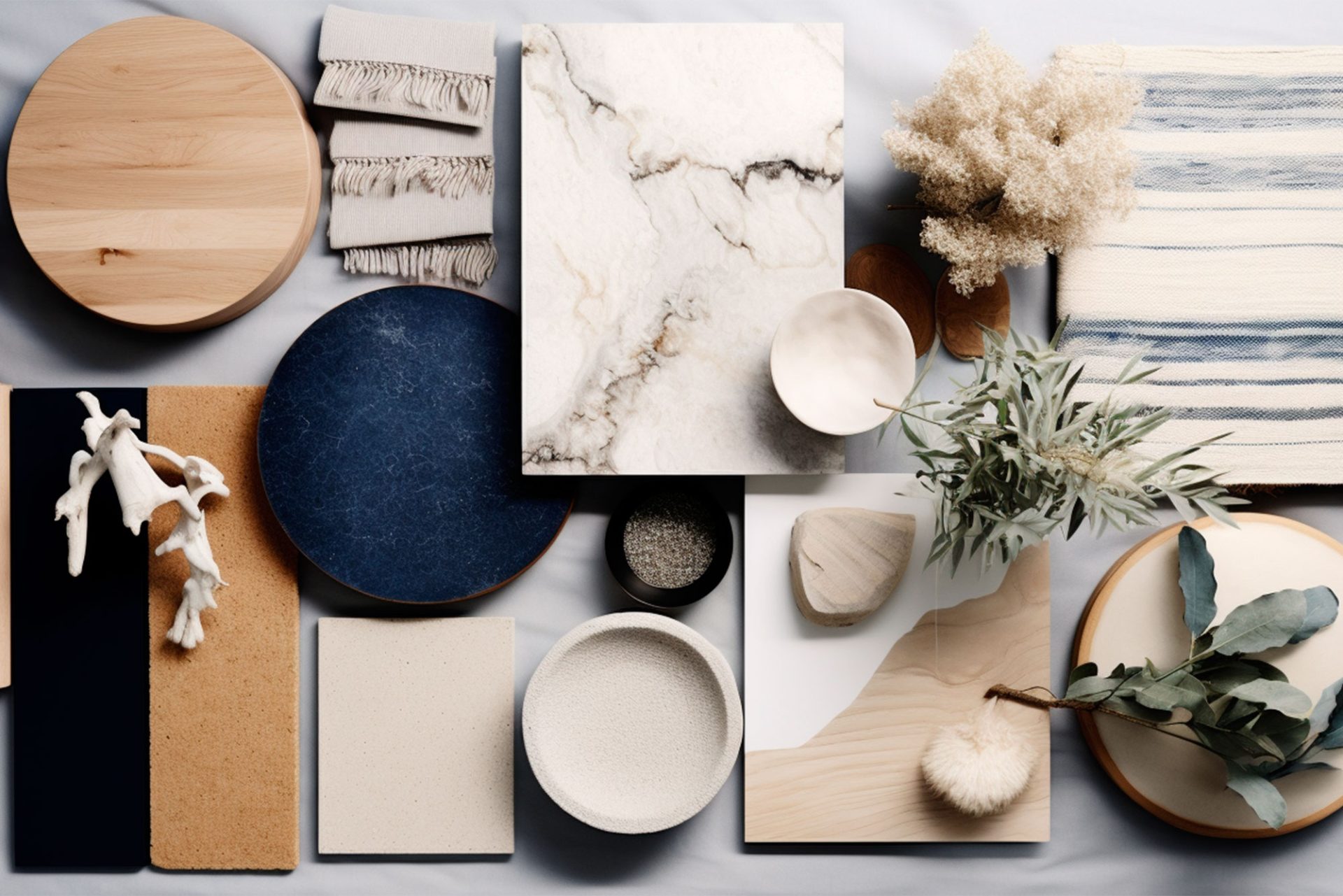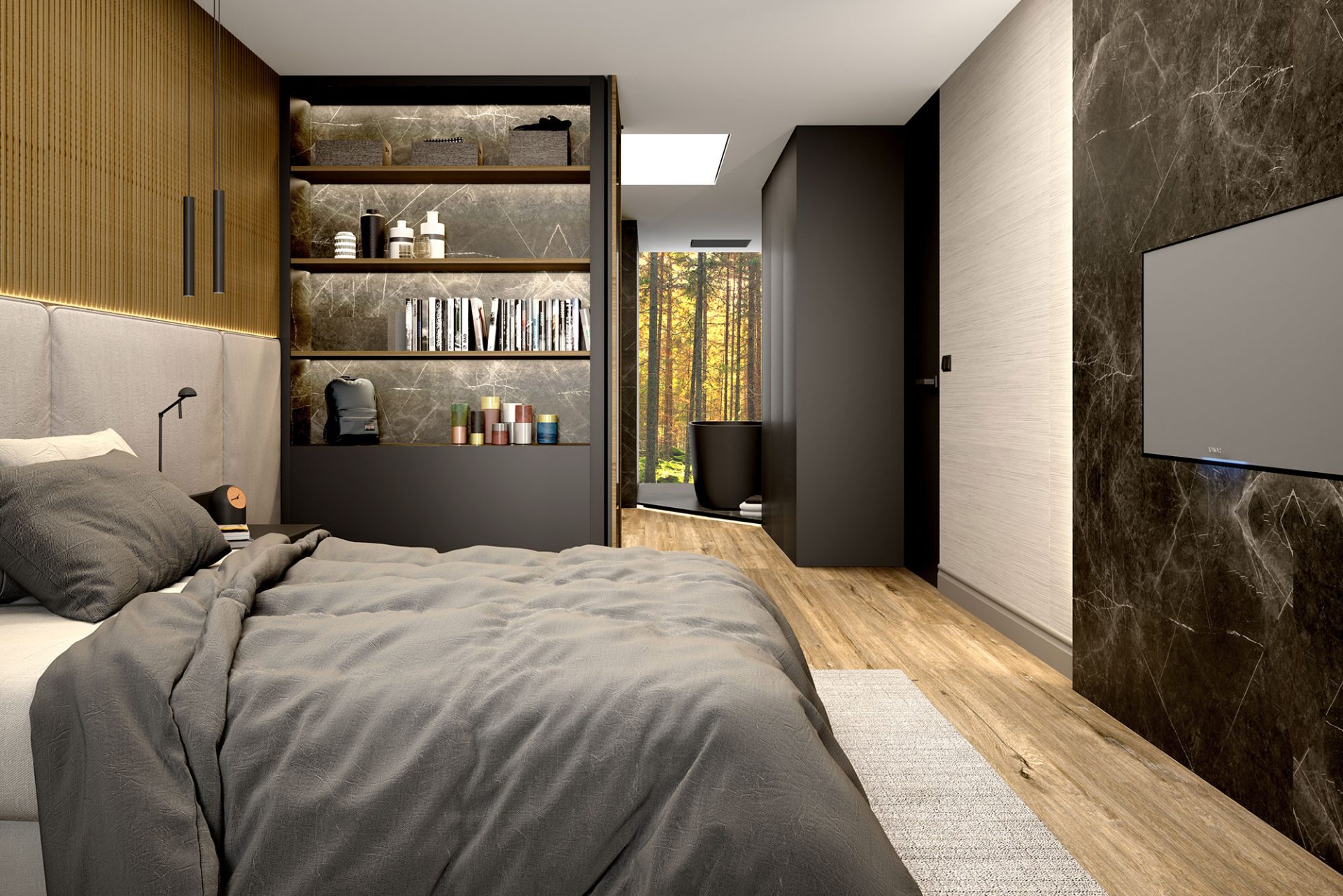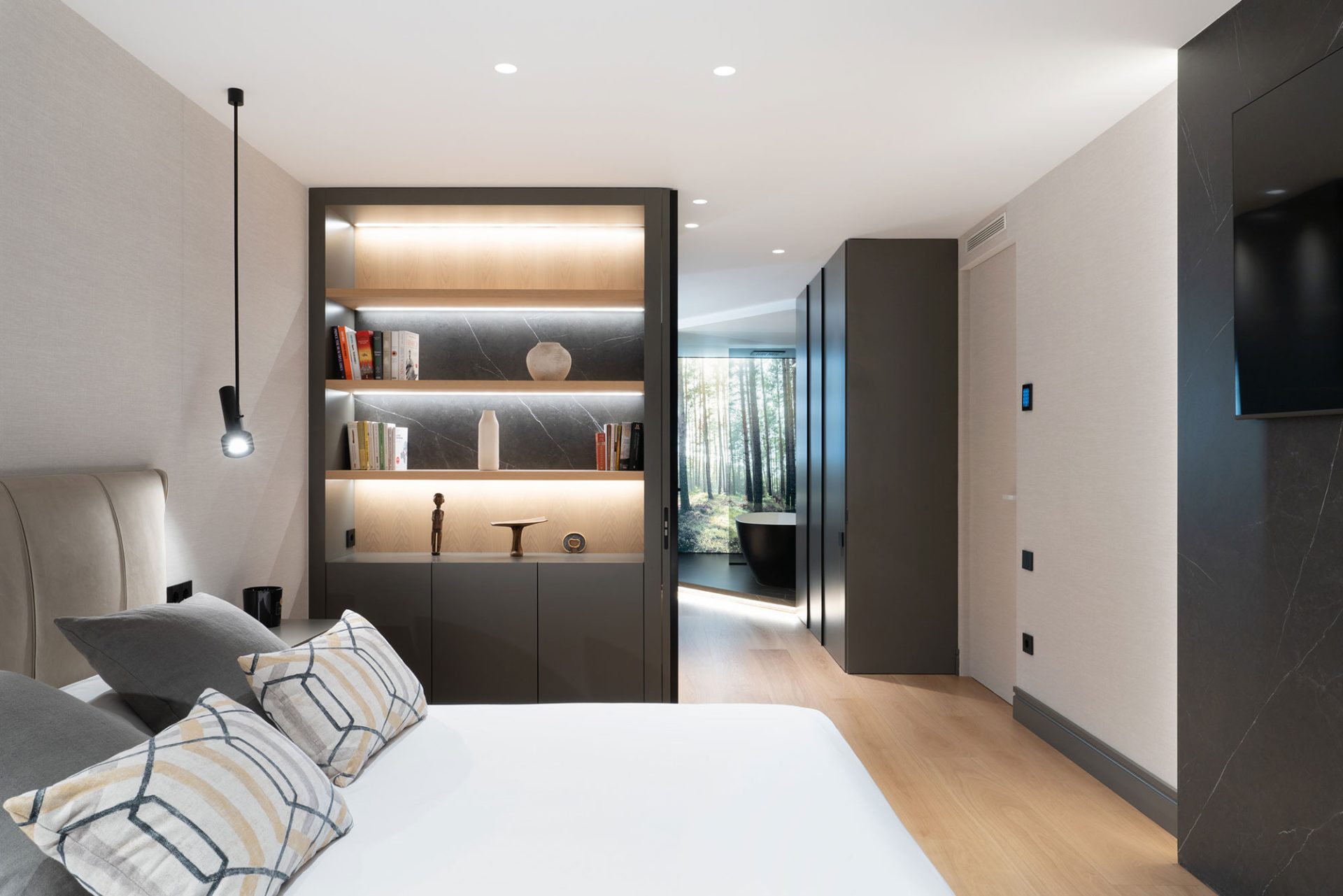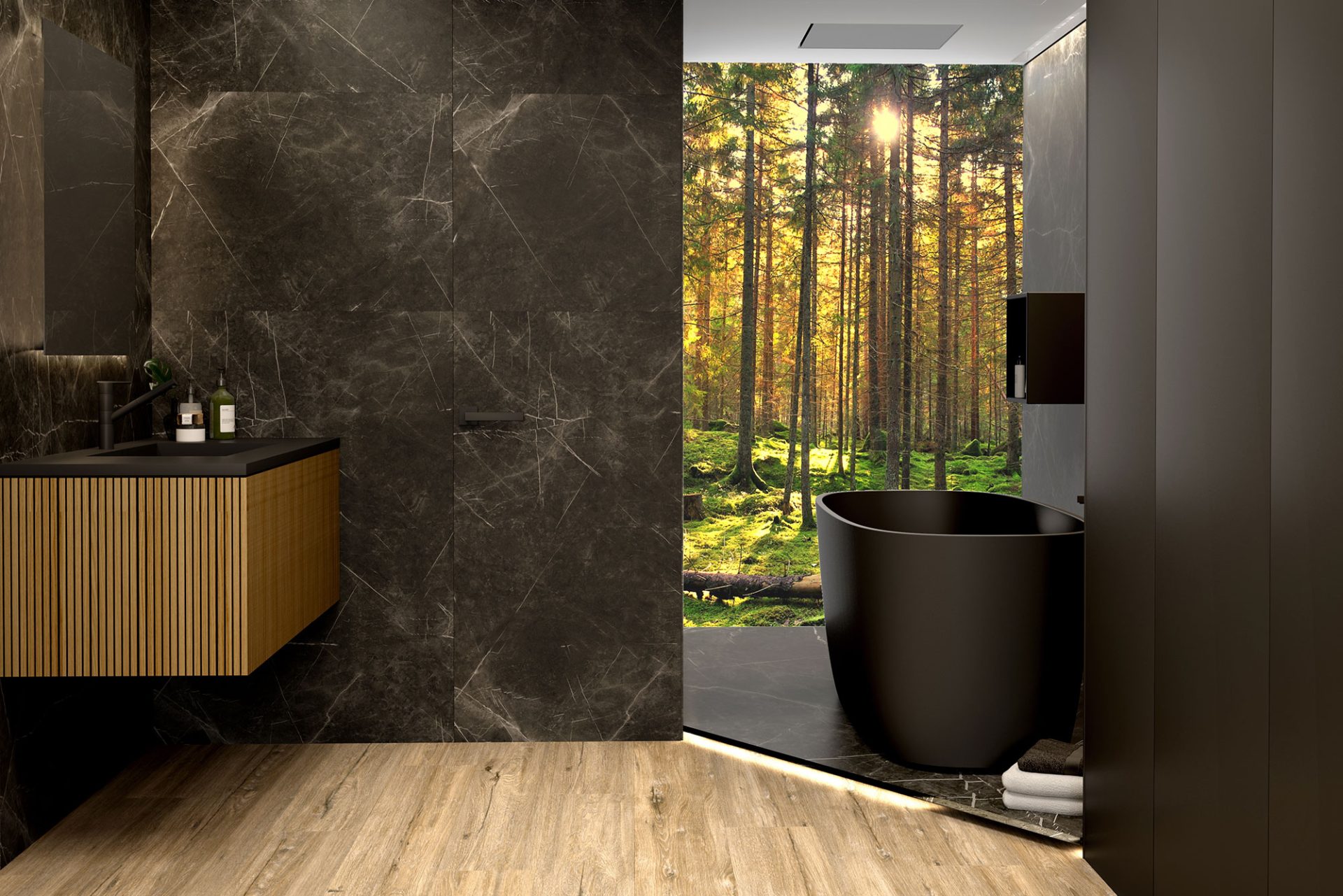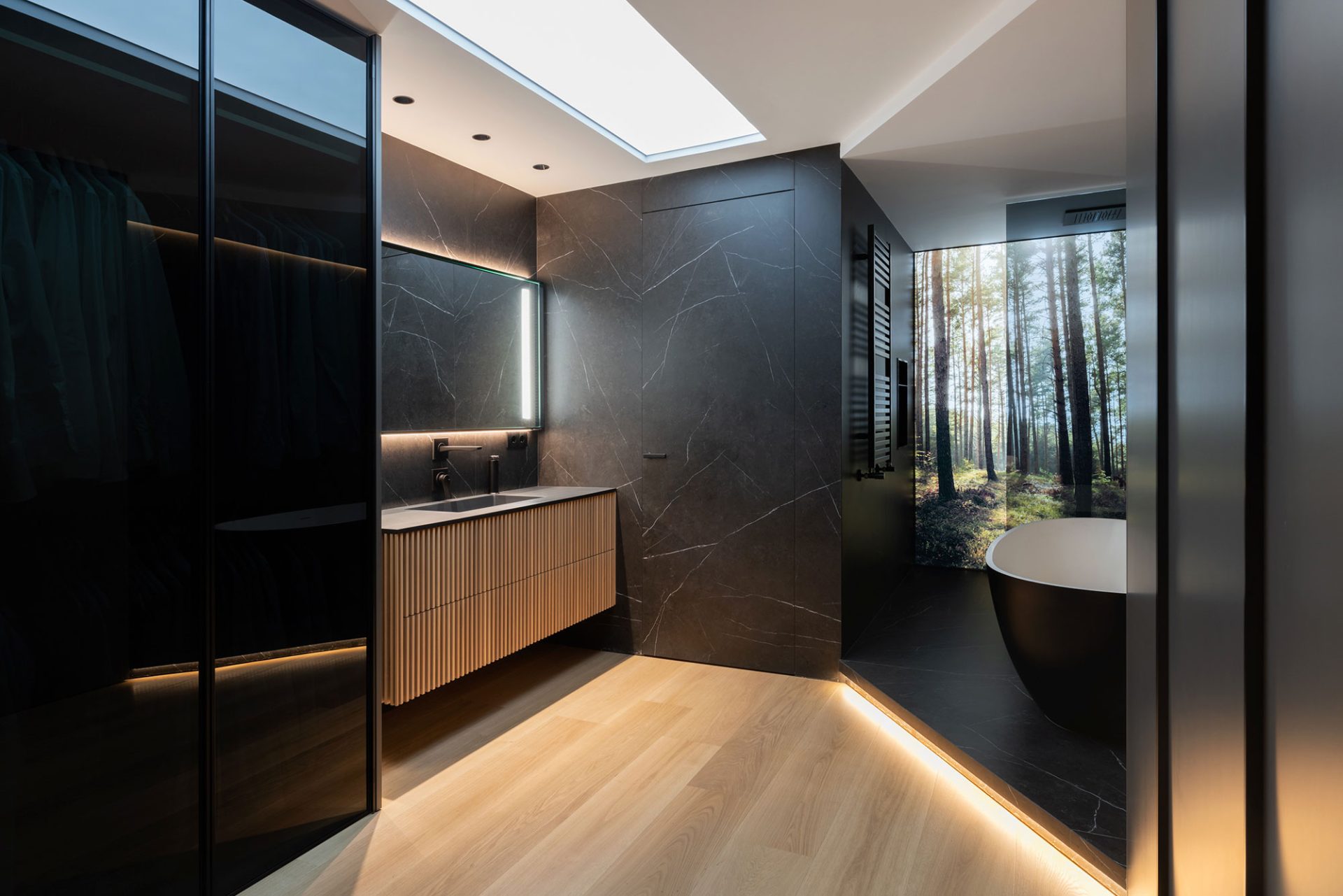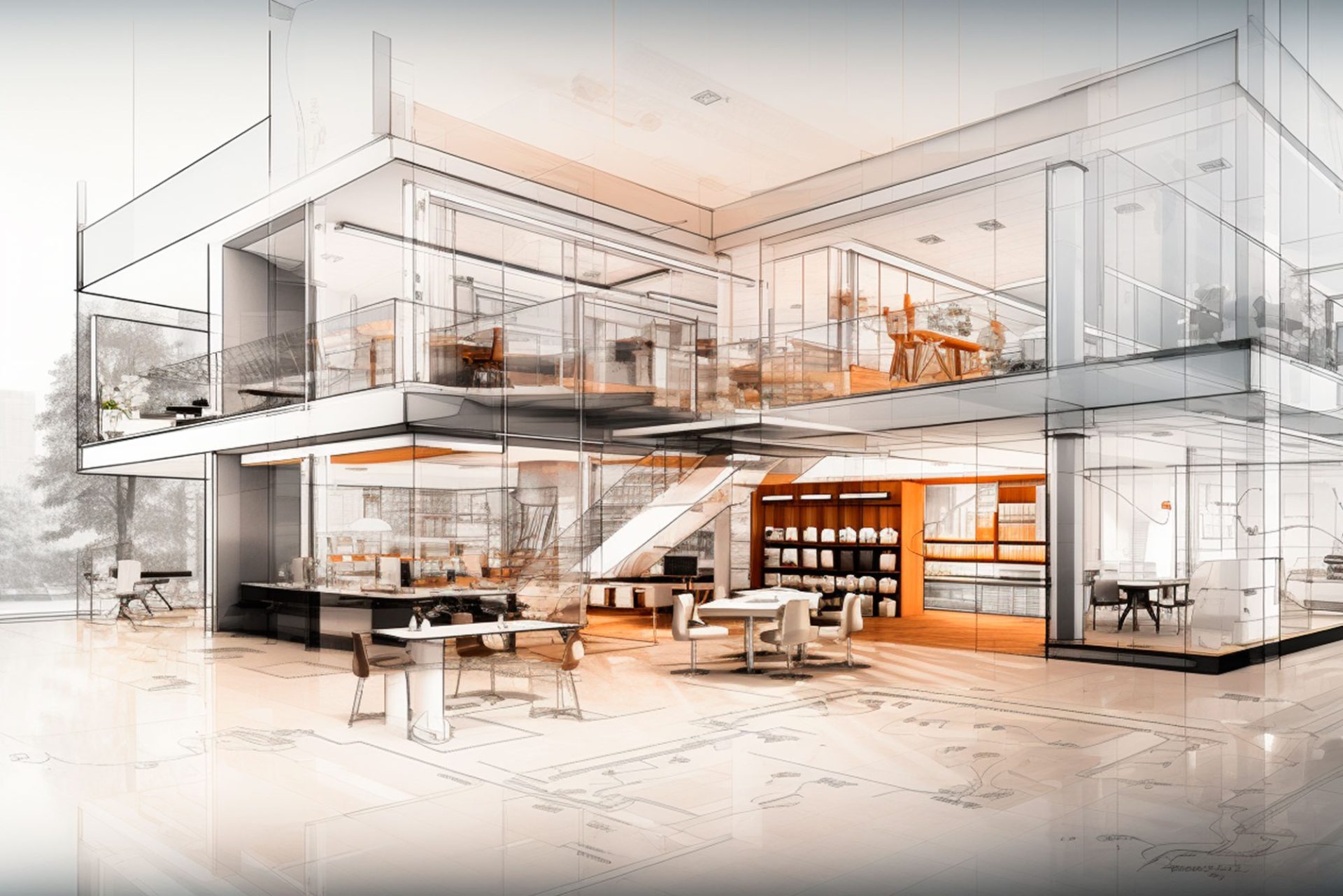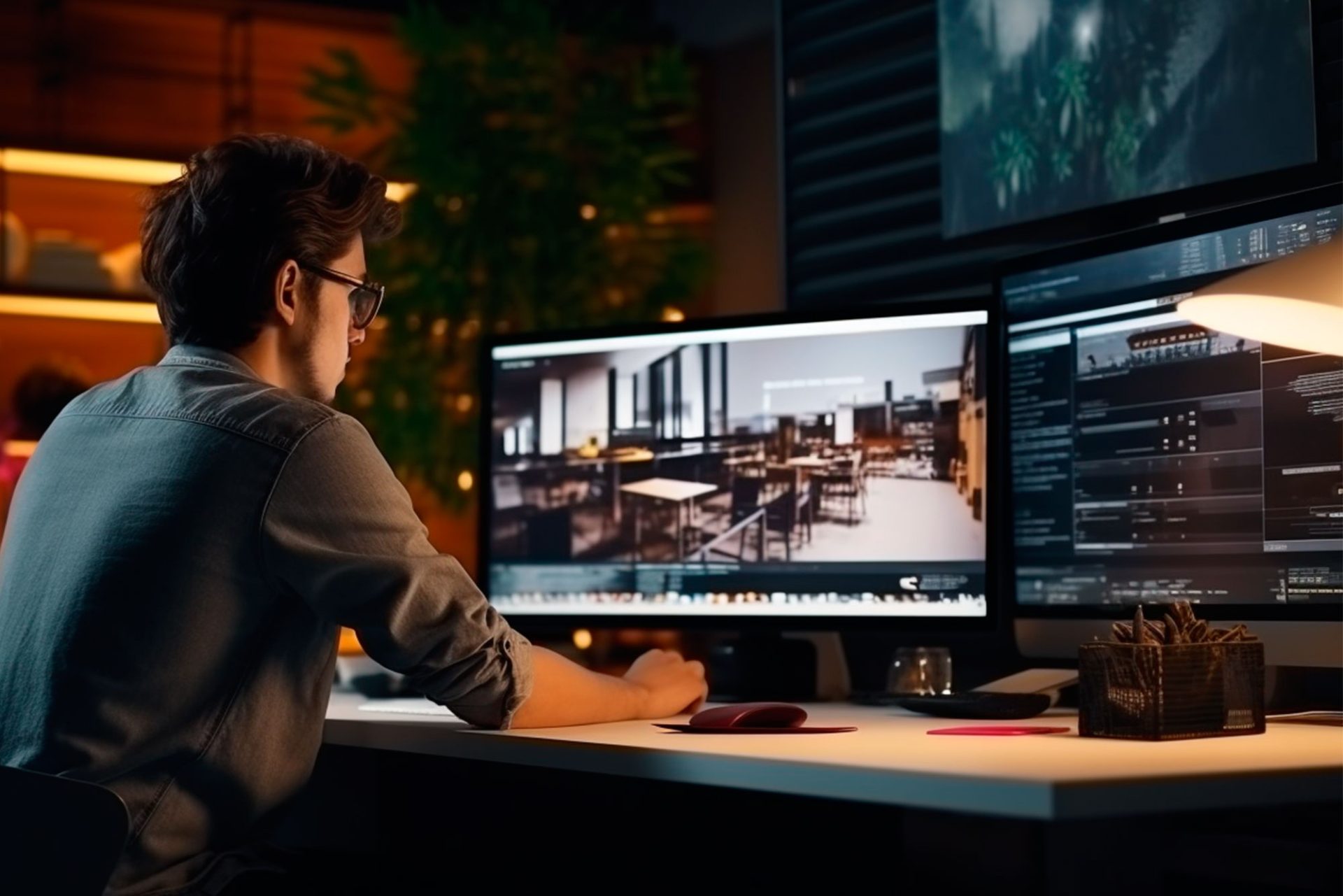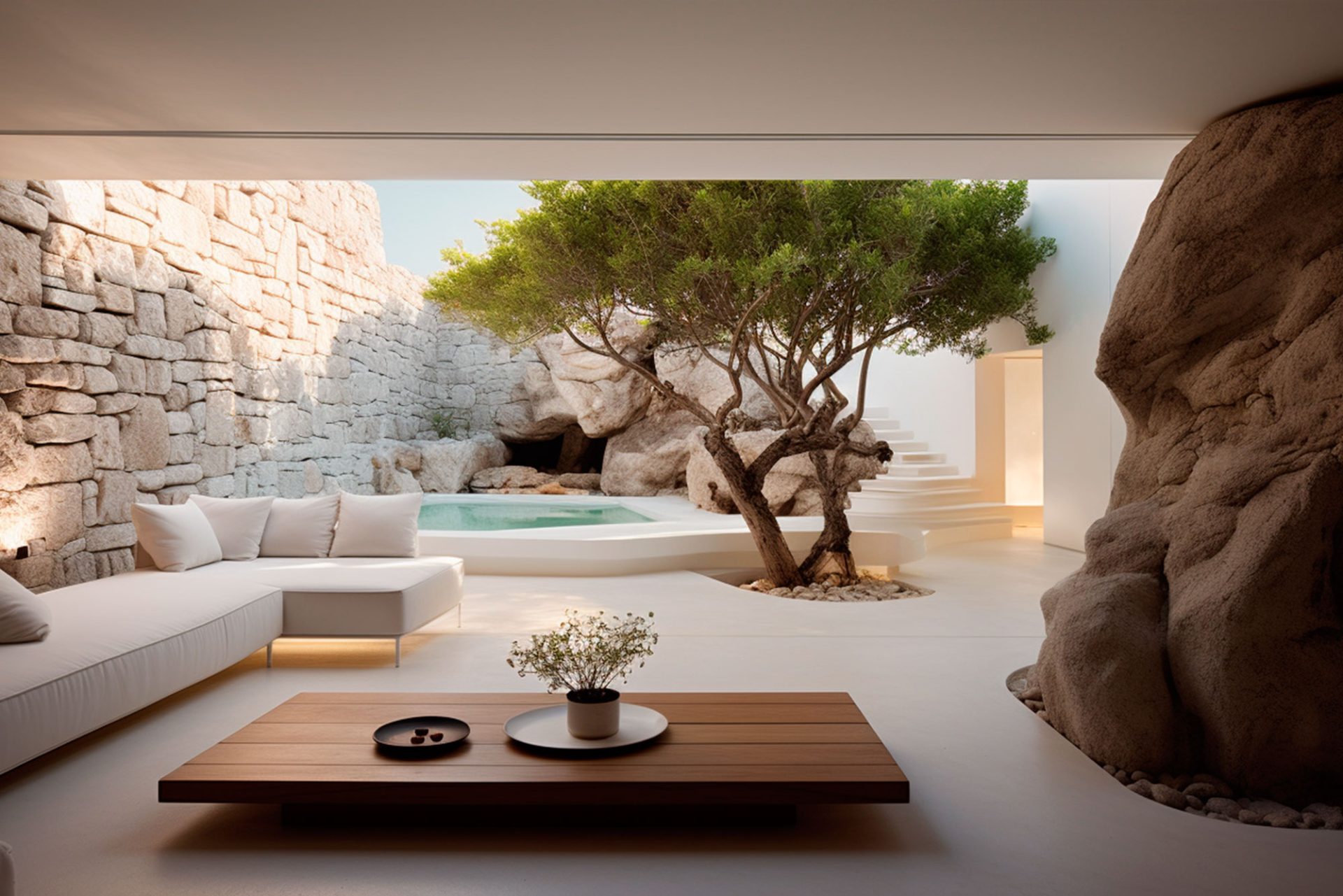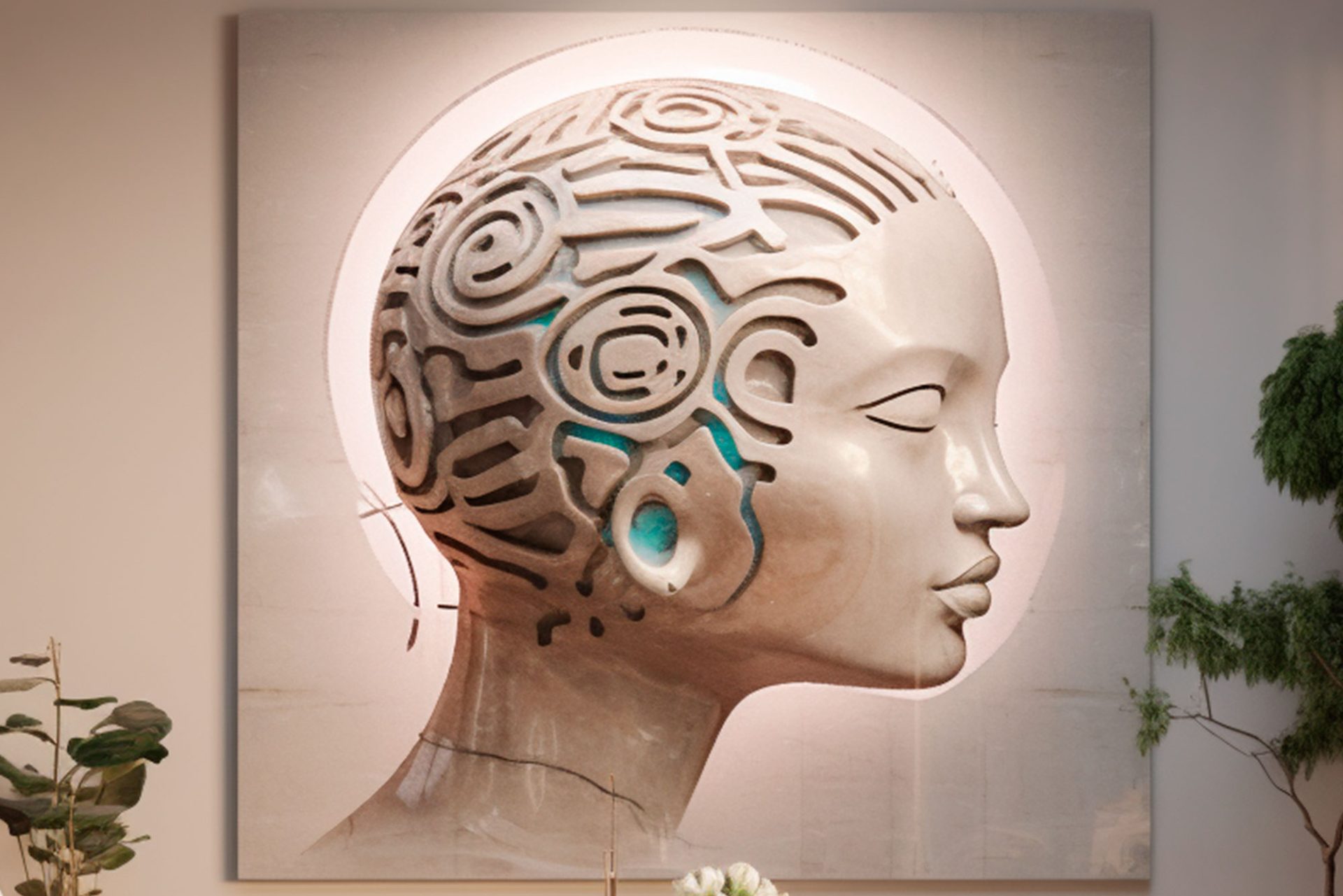In the realm of project management, AI can automate tasks such as order tracking, scheduling, and budget management for various interior design projects. These tools can free designers from tedious administrative tasks, allowing them to focus on the more creative aspects of design.
However, the final oversight and decision-making in managing an interior design project still require the expertise and skills of a designer. The ability to adapt to unforeseen project changes, unexpected client modifications, and make decisions based on experience cannot be fully automated.

